The deadline for this challenge has been extended again, so I can squeeze in a few more blogs. Perhaps some real applications of all this instrumentation I have put together.
This blog shows some quick tests I did to see if shielding makes a difference to cell phone radiation. These tests are a follow up to an earlier blog on microwave radiation.
To set up for the test, I made a shield from two 3D printed shells sandwiching a layer of aluminum foil between them.
The shell and foil covered 5 of the 6 sides of the phone - about 1mm from the back of the phone and about 2mm from the sides.
I ran some tests with and without the shield to see if it made a difference - and it definitely did. I was a bit surprised by the results.
The main scenario that I am interested in is the case where the phone is in a pants pocket as studies show this results in lower testosterone and lower sperm count. So I placed the phone and meter in appropriate locations on a Hybrid III crash test dummy and took some readings. These particular dummies have seen some major trauma (explosions) and you can see they look a bit charred, but the geometry is still good - this is a 50th percentile male.
These readings are the maximums I saw in this geometry. The shielded maximum was a rare spike, it spent most of its communication time at about 1 mW/m2.
The unshielded maximum is closer to its normal value ~ 150 mW/m2.
In this experiment the shielded case yielded 10 to 100 times less radiation density at the location of interest.
This is not a particularly scientific experiment, but the results do suggest it might be worth investigating shielding in a more scientific way.
I did not check to see how cell phone performance was impacted by the shield - I imagine the shield didn't help communications ...
To get a bit more of a feel for what the readings look like in real time, I made a video of typical readings. Viewers can decide if the readings are meaningful for themselves.
The other geometry of interest is holding the phone at your ear.
Here are some images showing a reading with the meter where an ear might be and what happens if a metal plate is inserted between the phone and the meter.
Note the units change in these images - one is mW the other is uW, so the last image is 4.6 mW/m2
One observation is that the field strength seems to be lower at the face of the phone compared to the sides - by about 50%.
The other observation is that the metal plate cuts the field strength by more than a factor of 100. Again, I did not determine how this plate impacts cell phone communications performance.
These experiments are not trying to determine what level of radiation is safe, just trying to get a feel for whether partial shielding can reduce radiation exposure.
All links to blogs related to this project can be found in the first blog here:
Safe and Sound - Invisible Hazardous Environmental Factors Monitoring System - blog 1

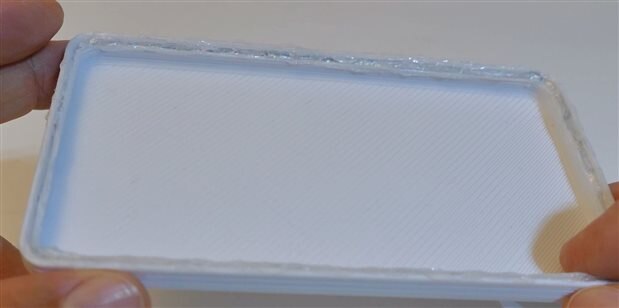
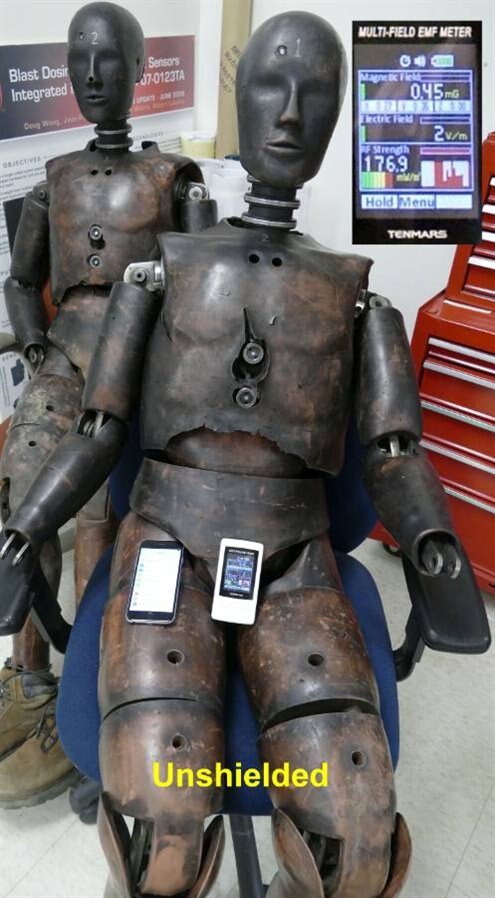
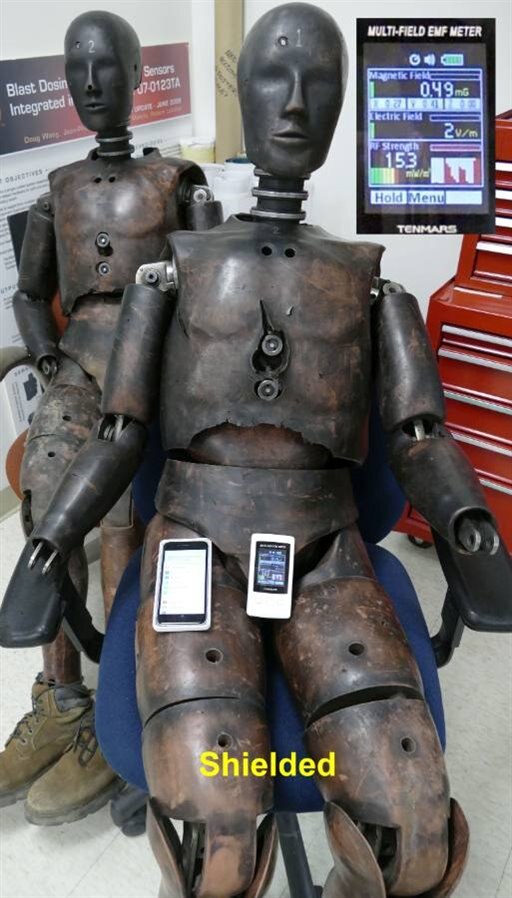
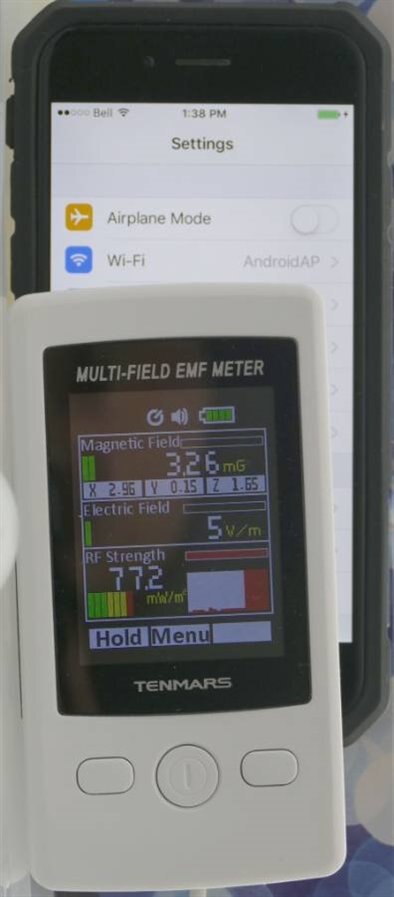
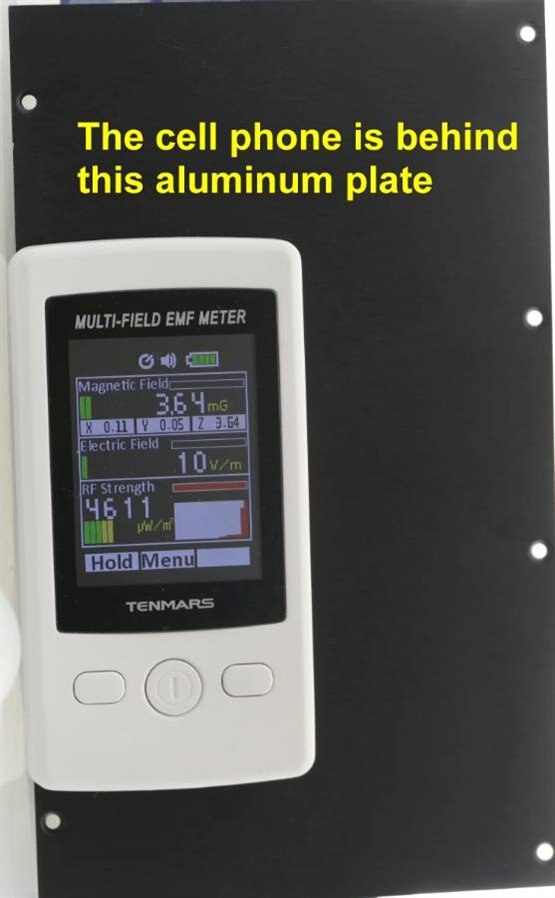
Top Comments
-

jw0752
-
Cancel
-
Vote Up
+4
Vote Down
-
-
Sign in to reply
-
More
-
Cancel
-

dougw
in reply to jw0752
-
Cancel
-
Vote Up
+4
Vote Down
-
-
Sign in to reply
-
More
-
Cancel
Comment-

dougw
in reply to jw0752
-
Cancel
-
Vote Up
+4
Vote Down
-
-
Sign in to reply
-
More
-
Cancel
Children